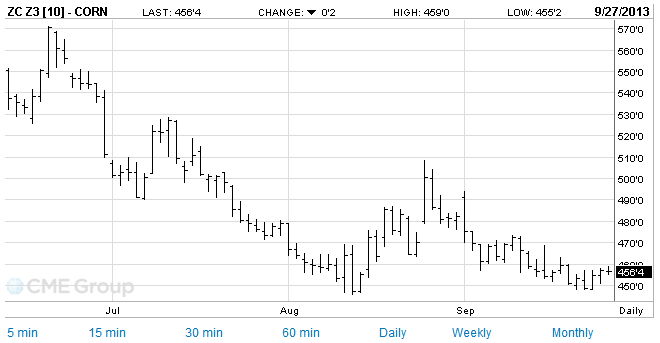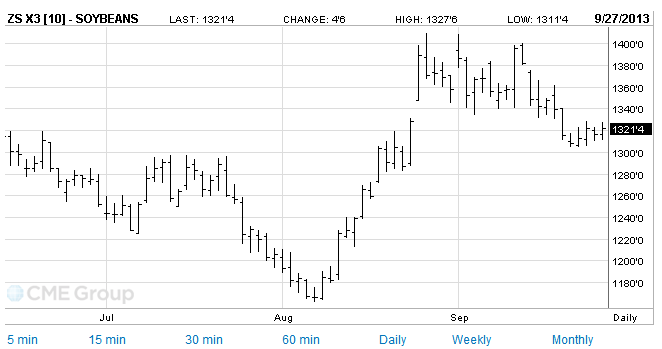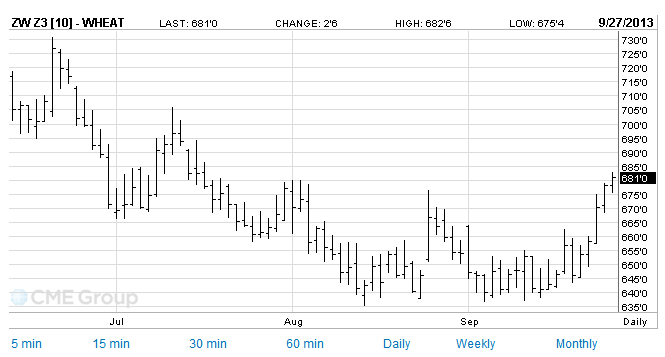I was really not surprised to find I was still in Pudong District, Shanghai after one-hour’s highway drive. The traffic jam! After 12 hours flight and 3 hours stuck in highway, finally I arrived home. The old story happened again: a good news and a bad news. The good news was my portfolio value increased about 10000 bulks. The bad news was I couldn’t open some English websites, like Bloomberg probably because of the internet censorship in China (Just like we can’t use Facebook, Twitter in China).
My portfolio summary is shown below:
Lesson 1: Do not fear to buy when price slump
When future price slump, irrational traders go panic and reject to buy as they afraid of price falls again. A metaphor is that the stupid donkey stuck into the same hole twice. My story is I bought 5 contracts of corn (C/Z3) at 4.61 on 19th, then its price decreased to 4.49 on 24th when I covered 2 contracts. Two days later, the price hovered around 4.50. I continued to cover another 7 contracts at 4.52. The action I do is to amortize my cost. After covering my position at lower price, my average cost for 14 contracts is 4.54, which is lower that former 4.61. (Picture below).As the deviation of corn price seems to be not active, I sold all contracts at 4.56, earning 1287.5 dollars.
The point is a big slump is always the right time to buy when you hold the future for a much higher price. The judgement of right time may be based on comparison between current price with the lowest price daily, weekly, monthly, or yearly (Best!). I learnt from somewhere (I can’t remember it is the technical analysis of stock course or my father) that the lowest price line could be a support for price.
Lesson 2: Play with short under clear expectation!
Search “soybean” in Bloomberg commodity news of last two weeks. The tone is DROP! I shorted 1 contract of soybean (ZK/X3) at $13.34 for fun as I saw the second news about soybeans drop. When I saw the 5th news about soybean drop, I cover my position at $13.09 and earning $1262.5. Luckily, the next day “soybean advance….” It seems like the soybean price has a negative correlation relationship with rainfall. So keep an eye on weather report, it can make you be wealthy. Trust me!
Lesson 3: The emerging market countries could be a huge push to price deviation.
The wheat is the star of this week which enabled lots classmates turn the tide. The reason of latest rise maybe speculation on China to boost purchase. But I am not sure about the selling time point. I closed my 6 contracts of wheat position on 27th at 6.83 as the volume is not large enough above 6.8065. So I chose to guarantee my profit.
P.S: I am not sure whether the link could be opened as I save them in my Favorites before I came to China.






